At its simplest, polarised training for cyclists involves a balance of hard and easy rides in a training plan.
A body of scientific evidence suggests this method of structured training is more effective than going out and riding as you please.
We’ve asked four cycling coaches what polarised training is, why it works, who should use it and how to incorporate it into your riding.
What is polarised cycling training?
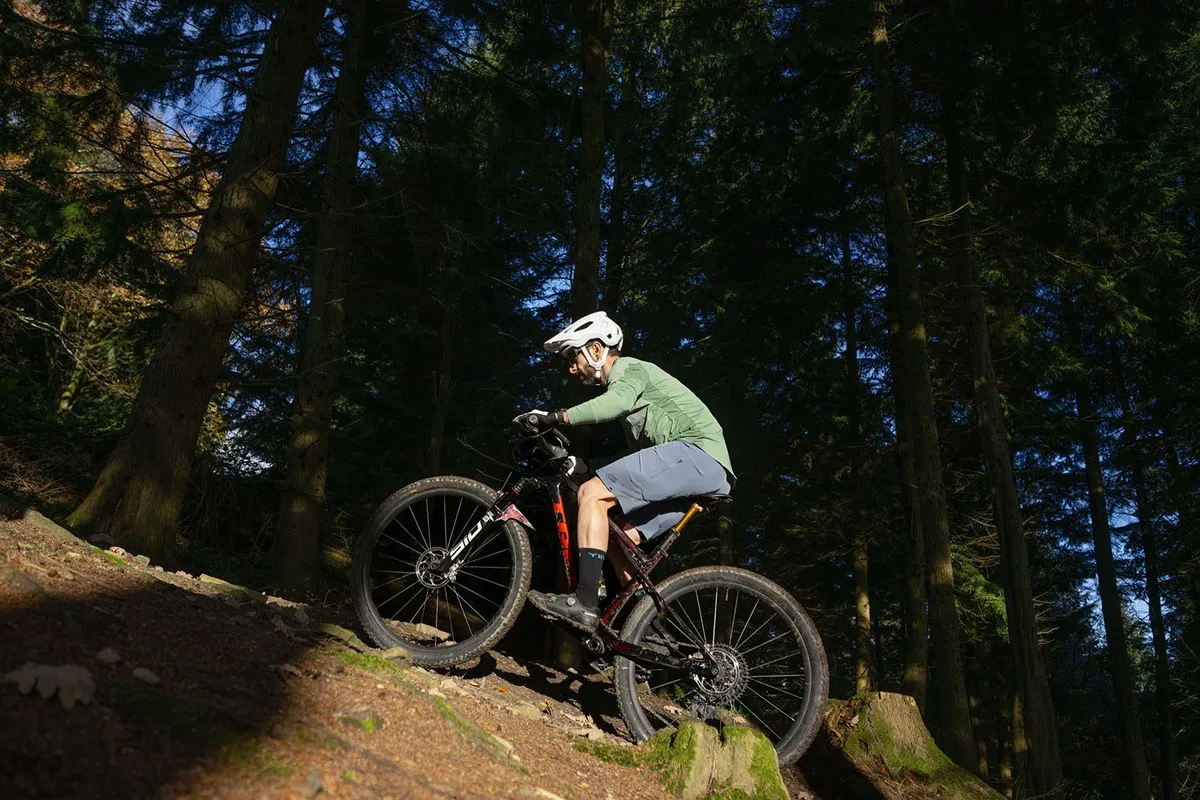
As the term suggests, polarised training divides your riding between two extremes: low intensity and high intensity.
Wahoo’s lead sports scientist Mac Cassin says: “You're either doing really easy zone 1 or 2, or basically maximal [efforts].
“You're not doing any sweet spot or threshold work.”
Likewise, Matt Clinton, of Clinterval Coaching, says the hard part of polarised training is riding above threshold and VO2 max.
The idea of polarised training came to prominence in the early 2000s.
In observational studies of elite endurance athletes, Dr Stephen Seiler found they were doing almost all their training at low intensity.
But top endurance athletes have trained this way since at least the 1970s.
Polarised training is used interchangeably with 80/20 training, where 80 per cent of training is easy and the remaining 20 per cent is hard.
Matt Fitzgerald, co-founder of 80/20 endurance sport coaching, says different sports apply the 80/20 rule in different ways.
In cross-country skiing and rowing, for example, 80 per cent of the sessions will be at low intensity. This equates to about 90 per cent of total training time.
On the other hand, in most other endurance disciplines, including cycling, the 80/20 rule applies on a time basis. Roughly one out of every three sessions would focus on higher intensities.
Polarised training zones

Polarised training zones are split into a three-zone model.
Scientists prefer this to the more popular model of six training zones because it takes account of physiological changes in the body as exercise intensity increases.
In layperson’s terms, Jacob Tipper, of Jacob Tipper Performance Coaching, says the three zones are easy, moderate and hard or severe.
He explains: “Zone 1 is based on time below lactate threshold 1 (LT1) , zone 2 is between lactate threshold 1 and lactate threshold 2, and zone 3 is time above lactate threshold 2.”
Zone 3, or the ‘severe domain’, can also be defined as an effort above Critical Power, another measure of threshold.
In practice, under a polarised approach, Tipper says: “80 per cent of your time should be under lactate threshold 1 or what a normal person calls zone 1 and 2, doing easy, aerobic base rides and chatting.
“And the 20 per cent should be severe, high intensity such as hill-climb efforts and five-minute efforts.
“This model suggests you don’t have very much in the middle.”
What are the benefits of polarised training?
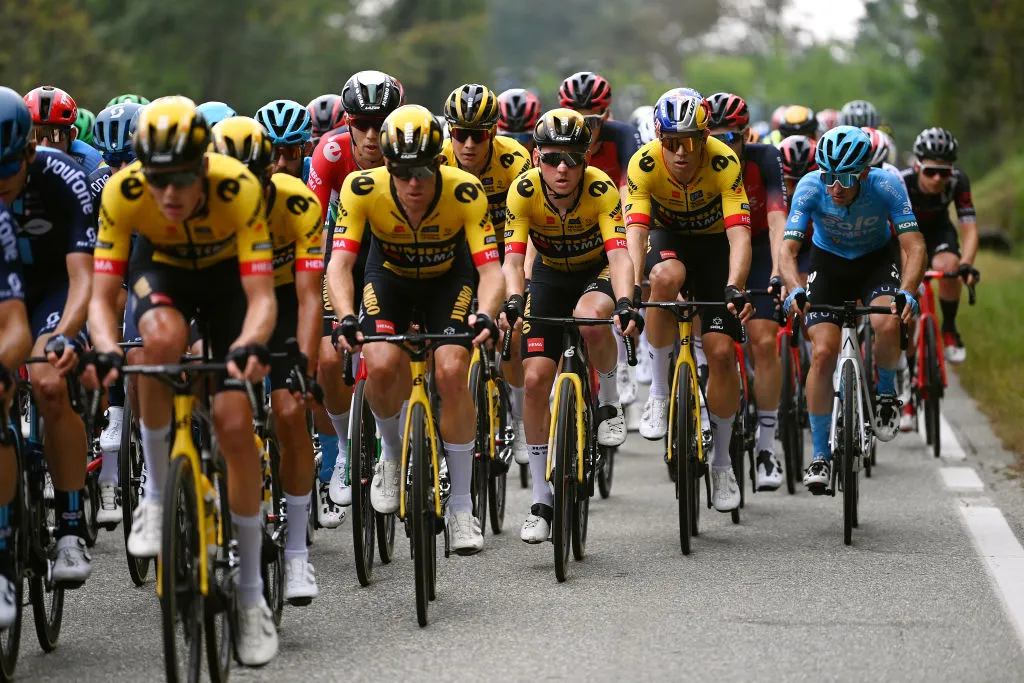
Fitzgerald wrote a book called 80/20 Running based on Seiler’s research. So, unsurprisingly, he thinks polarised or 80/20 training is highly beneficial for all levels of endurance athletes.
Under a certain amount of weekly training volume, it may be better to go all-out in the limited time available.
But Fitzgerald says: “What science we have suggests the lower boundary [to benefit from polarised training] is pretty low.
“If you train enough to consider yourself an athlete, then you probably should be doing 80/20.”
Numerous studies support the use of polarised training in endurance athletes.
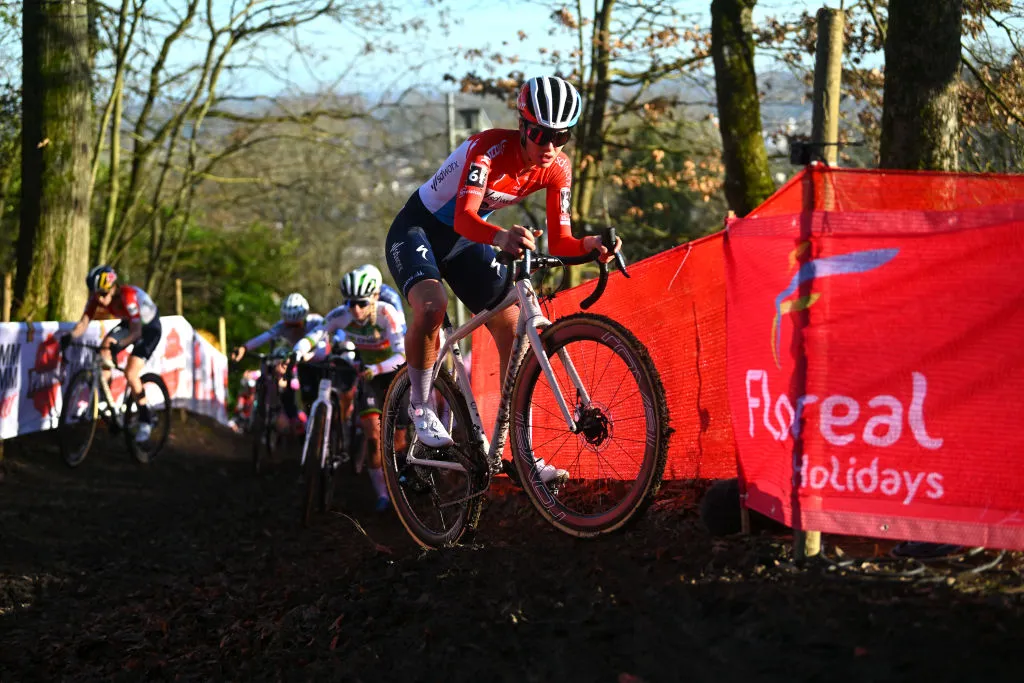
A 2014 study of 48 well-trained endurance athletes found that polarised training led to greater improvement in key performance metrics than other common approaches.
According to Fitzgerald, the main advantage of polarised cycling training comes from the high volume of low-intensity riding.
Zone 2 cycling increases the number of mitochondria and capillaries in your muscles, boosts how much blood your heart can pump out in a beat and raises your FatMax. All these adaptations improve your cycling endurance.
In addition, Fitzgerald says: “It provides a great foundation for higher-intensity training.”
The benefits of this zone 2 riding come at relatively low cost in terms of fatigue. This leaves you fresher to perform high-quality intervals.
The trap many amateur athletes fall into is making only half of their training steady.
And it’s easy to do because, by default, most people ride at a moderate intensity or tempo, according to Fitzgerald.
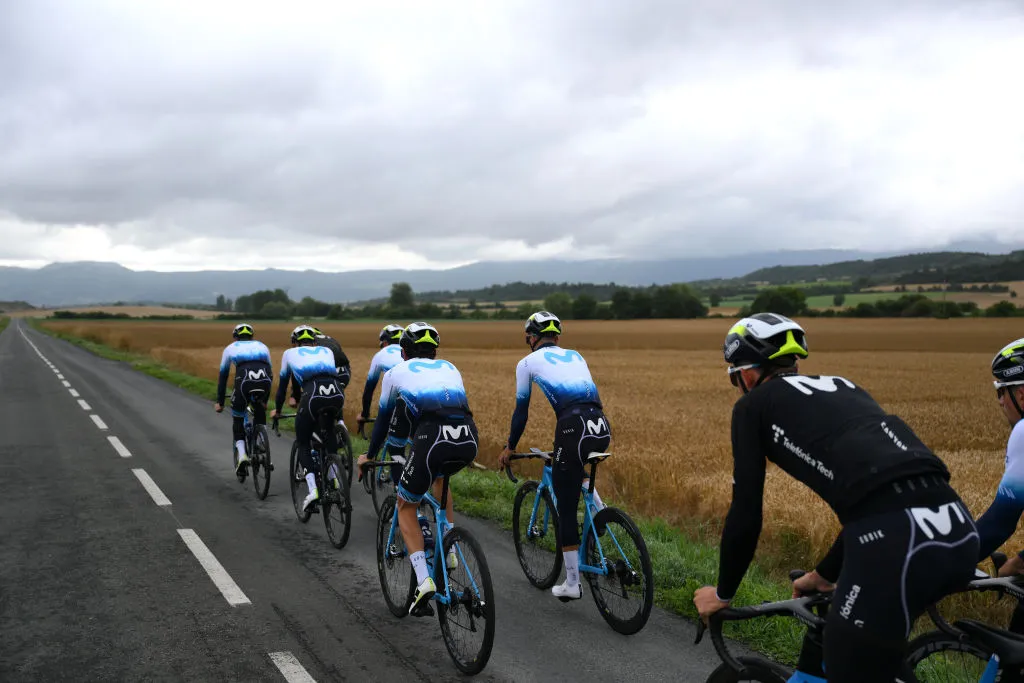
Fitzgerald says you’re likely to get fitter without changing volume but by redistributing intensity.
For example, he suggests dividing three hours’ riding at moderate intensity into two hours’ low intensity and one hour higher.
By doing so, you generate less fatigue in the easier two hours and get more stimulus from the higher-intensity work.
The temptation to drift upwards into a medium-level effort when you’re supposed to be riding easy means a structured training plan is “absolutely critical” to train polarised.
“Habits of all kinds are hard to break and to break out of a moderate-intensity rut, good intentions won't do it,” says Fitzgerald.
What about time-crunched athletes?
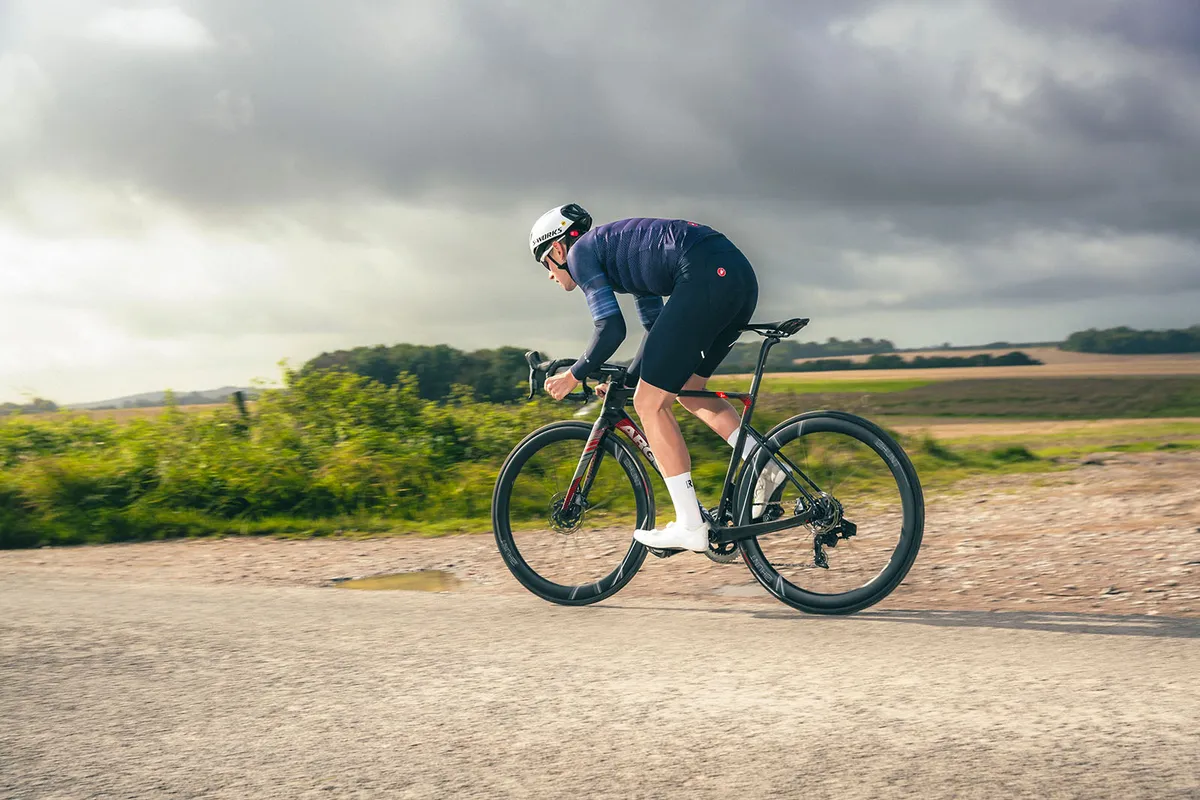
To get fit fast, you might think you should ride hard for all your limited, available time.
But the coaches we’ve spoken to recommend a variation on 80/20 training to time-crunched cyclists too.
For someone with three to five hours a week to train, Clinton says polarised training is best if they have 30 minutes to train most days.
In this scenario, he’d recommend they alternate between high-intensity interval training and recovery rides.
Whereas, with two hours to train on one day, two on another and one on the third, the training plan he’d set would be pyramidal.
For example, zone 2 or 3 sessions on the two-hour days and VO2 max work in the one-hour session.
Disadvantages of polarised training
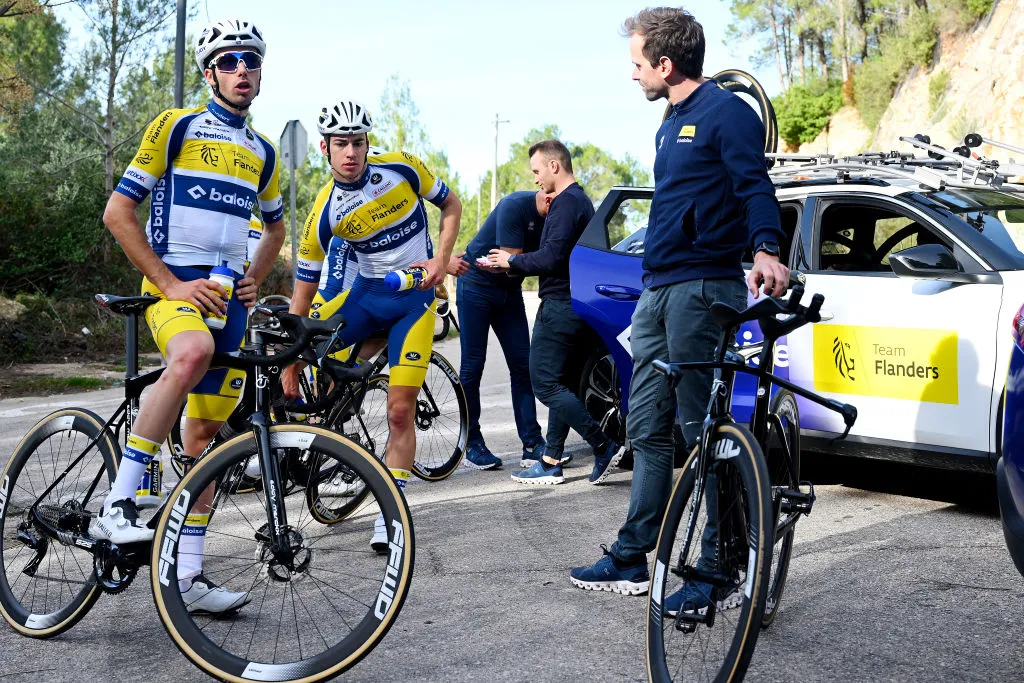
Despite the popularity of polarised cycling training, it doesn’t work for everyone.
Cassin says: “Some people just don't respond to it.
“I had one athlete who only responded to volume.
“With any amount of intensity, he would be terrible, but if he did a 25-hour week, he would crush races.”
On the other hand, Tipper says: “Some of my athletes go amazingly from doing lots of threshold work because they respond really well to that stimulus.”
Therefore, both Cassin and Tipper stress the importance of experimenting with different training methods.
Critics of polarised training argue it's more of a scientific principle than real-world training method.
Tipper, who studied for a Master’s degree in Applied Sports Science and coaches WorldTour professional Ben Healy, is one of them.
He doesn’t know of any top cyclists, or elite athletes in other endurance sports, using polarised training in its strictest sense. That’s to say doing no moderate-intensity training.
In fact, Tipper cites Nils van der Poel, the world’s best male speed skater, as an example of an athlete whose training isn’t that polarised.
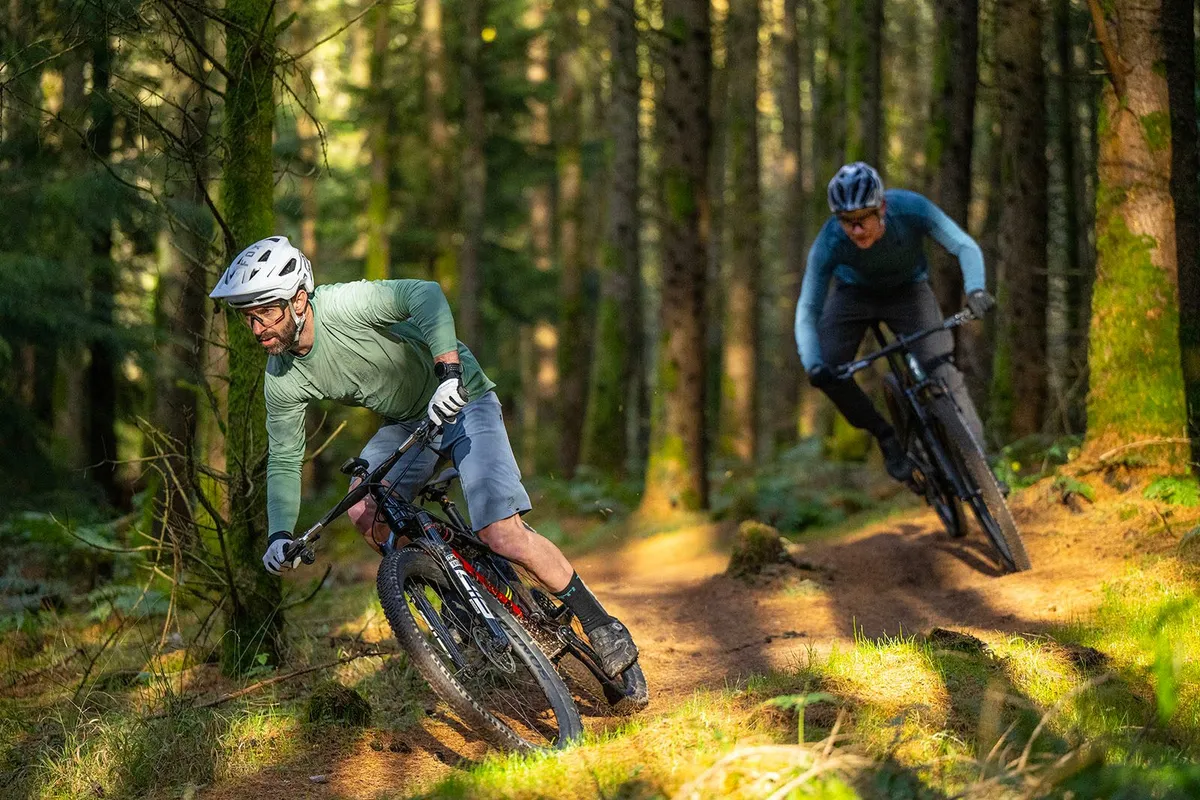
Another disadvantage of polarised training is it rules out social cycling, such as group rides, where your power output wildly oscillates.
Polarised training also involves physically and mentally taxing full-gas efforts. You’re unlikely to be able to ride in this way all-year round without overtraining or losing motivation.
The relatively high affective load of polarised training is why Fitzgerald, among other coaches, recommends using it at key moments in your season.
He explains: “Training places demands on your mind and particularly your emotions.
“It’s very predictable that when the [affective] load isn’t enough, you get bored, restless and lose focus.
“If it’s too high, you burn out.”
The sweetspot is when there is a logic to your training. You can buy into it and tell yourself: “If I go through this process, I’ll be ready to race,” according to Fitzgerald.
Polarised vs pyramidal training
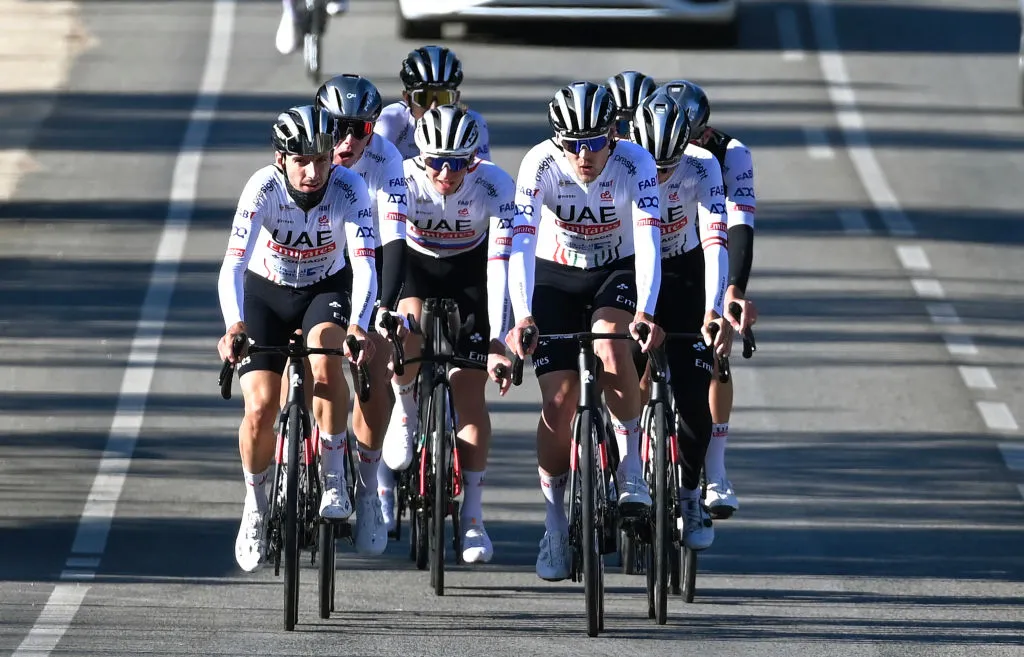
Pyramidal training is so called because intensity is divided like the levels of a pyramid: lots of easy riding at the bottom, less moderate intensity in the middle and a little high intensity at the top.
It’s very similar to polarised training in that 70 to 80 per cent of riding time is easy, in zone 1 of the three-zone model.
But the remaining 20 to 30 per cent is divided differently: 20 per cent between LT1 and LT2 at moderate intensity and 10 per cent above LT2 at high intensity.
Therefore, Clinton says pyramidal training involves more tempo riding and sweetspot sessions than polarised cycling training.
The merits of polarised vs pyramidal training for endurance athletes, such as cyclists, are hotly contested.
In 2022, a group of exercise physiologists wrote a paper in favour of polarised training for endurance athletes.
They cited observational and intervention studies supporting spending at least 70 per cent of training time or sessions below the first ventilatory/lactate threshold, i.e. at low intensity.
The pro-pyramidal training camp then had its say. They criticised their colleagues’ definition of polarised training and argued this training method is rare among elite athletes, who usually train in a pyramidal way.

However, the debate between polarised and pyramidal training doesn’t need to be so, well, polarising.
As long as you ride mostly easy and occasionally hard, the coaches we’ve spoken to say you’ll get fitter without tiring yourself out.
Tipper says: “It can get a bit messy and it’s easy to get lost in the weeds.
“What the majority of people agree on is that the majority of your time should be below LT1, doing steady riding.”
For most riders, he’d suggest adding two harder sessions a week.
Whether one is at moderate intensity and the other is harder, or both are moderately hard, doesn’t really matter.
If you find yourself in a fitness plateau, Tipper recommends experimenting by increasing the number of weekly high-intensity workouts to two or three.
Fitzergerald says the polarised vs pyramidal debate is “premised on the assumption that you have to pick one and do it for the rest of your life, which isn't true.”
“You can periodise in a way where you do more pyramidal and then transition into polarised training.
“You can get the best of both worlds and then race.”
Periodisation of polarised training
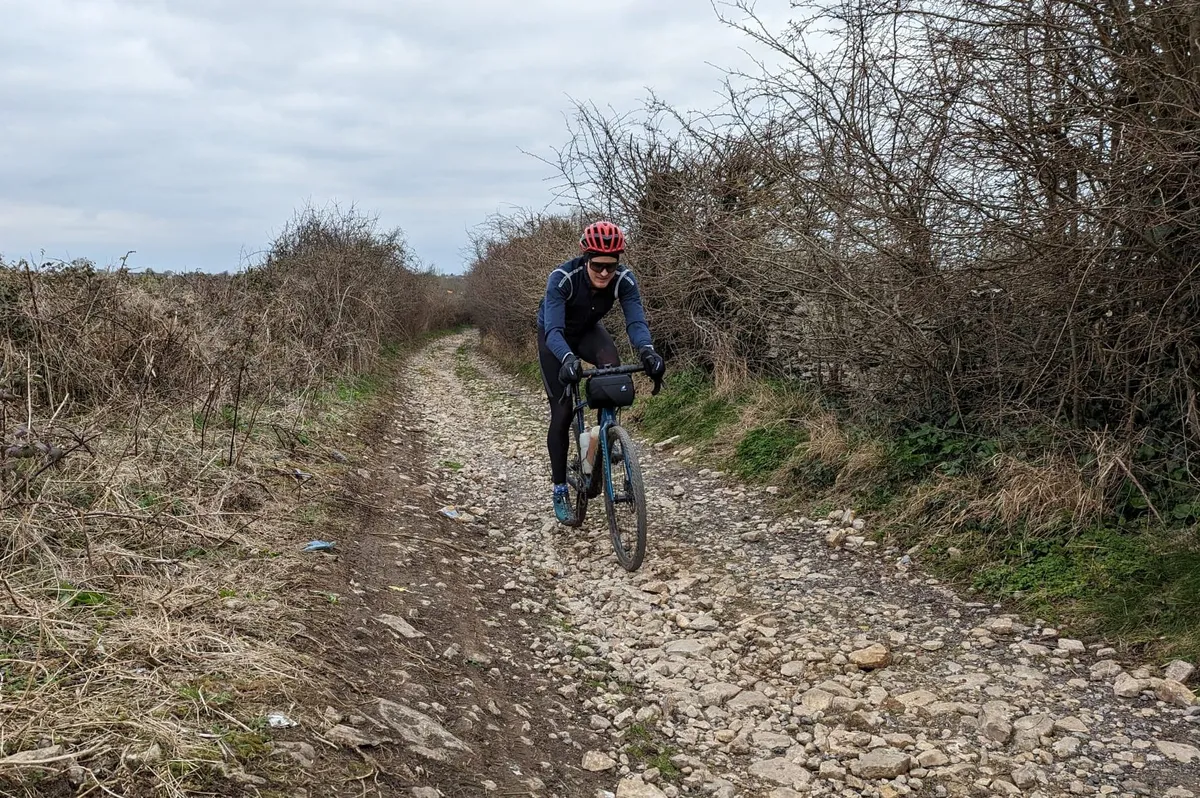
Clinton, Fitzgerald, Cassin and Tipper agree that you should observe the principle of training periodisation to adjust the extent to which your training is polarised through the year.
Periodised training sees your riding become more specific in the run-up to your target event to help you peak for it.
On the flipside, it makes your training less serious in the off-season, so you stave off mental and physical burn-out.
Clinton jokes: “You’d be wanting to kill your coach if they set tabata intervals in the winter and your target’s in October.”
Traditional winter riding involving lots of base training and little intensity tallies with a more relaxed pyramidal approach, according to Clinton.
He explains: “It retains muscle memory, there’s lots of fat-burning in zones 1 and 2 [leading to aerobic benefits] and little muscle breakdown.
“Whereas VO2 max intervals put a lot of pressure on the muscles and make you feel sore the next day.
“People tend to burn out if they go too hard too soon.”
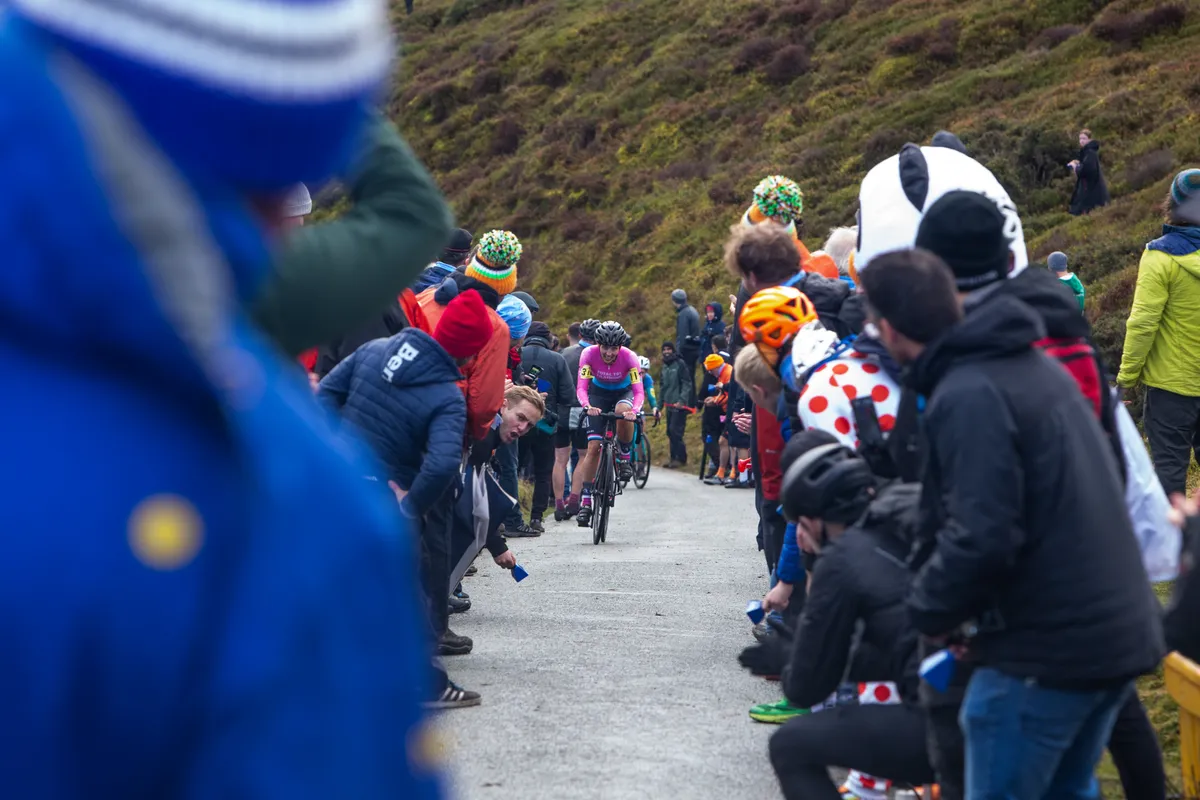
When riders are building up to shorter events, such as hill climbs, Clinton switches them to a polarised model.
“You’re going so hard on the hard efforts, you need the other riding to be easy to recover,” he says.
However, Fitzgerald says cyclists who will ride for longer at lower intensity, such as ultra-endurance cyclists, could be better off making their training more pyramidal as their event approaches.
He says: “You’d do your hardest high-intensity work in the middle of the process post-base phase and layer very specific, moderate-intensity training on top of that in the peak phase.”
Is polarised training right for you?
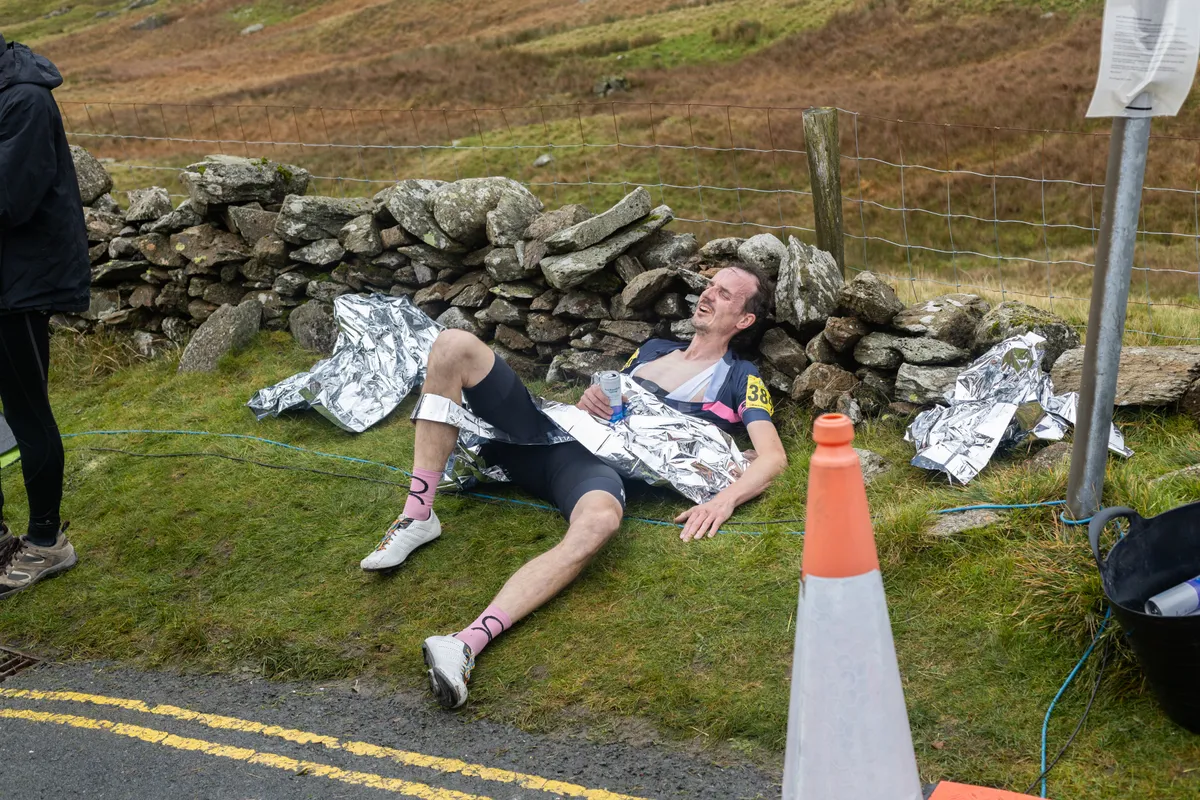
If you’re currently training in an unstructured way, particularly if you’re trying to go hard all the time, polarised training will benefit you.
By riding slower most of the time, you’ll carry less fatigue, so you’ll be able to increase training volume to boost aerobic fitness, if time allows.
But if it doesn’t, going properly easy on easy days will leave you fresh enough to perform high-quality interval sessions.
Hitting the numbers in these sessions is what leads to VO2 max improvements, not riding at moderate intensity because you’re too tired to go harder.
That said, even the proponents of polarised training say it’s best used at certain times of the year, but only really if the specifics of your target event demand it.
Pyramidal training is probably a better option for most people most of the time. It observes the easy/hard principle without sucking the fun out of cycling.
Alternatives to polarised training
The main alternatives to polarised cycling training include: high-volume training, threshold training, high-intensity training and pyramidal training (which we’ve already touched on).
- High-volume training – long, slow miles typical of a base training block
- Threshold training – lots of intervals in and around your Functional Threshold Power
- HIIT training – low-volume, but high-intensity riding
